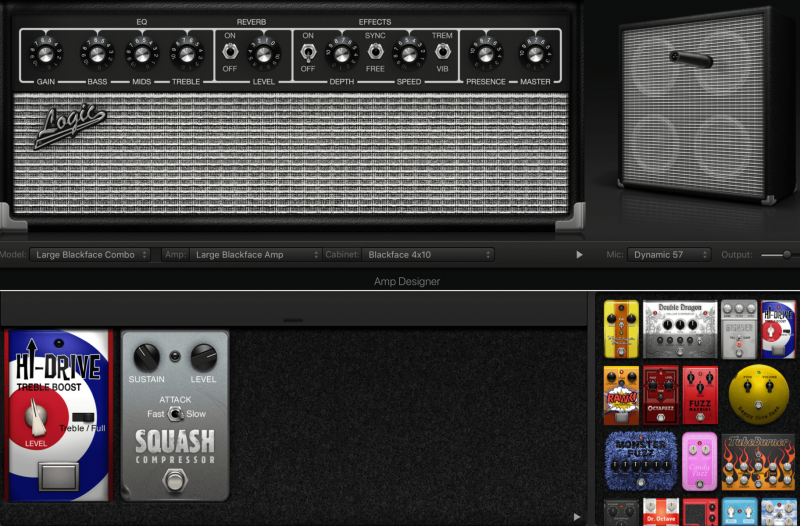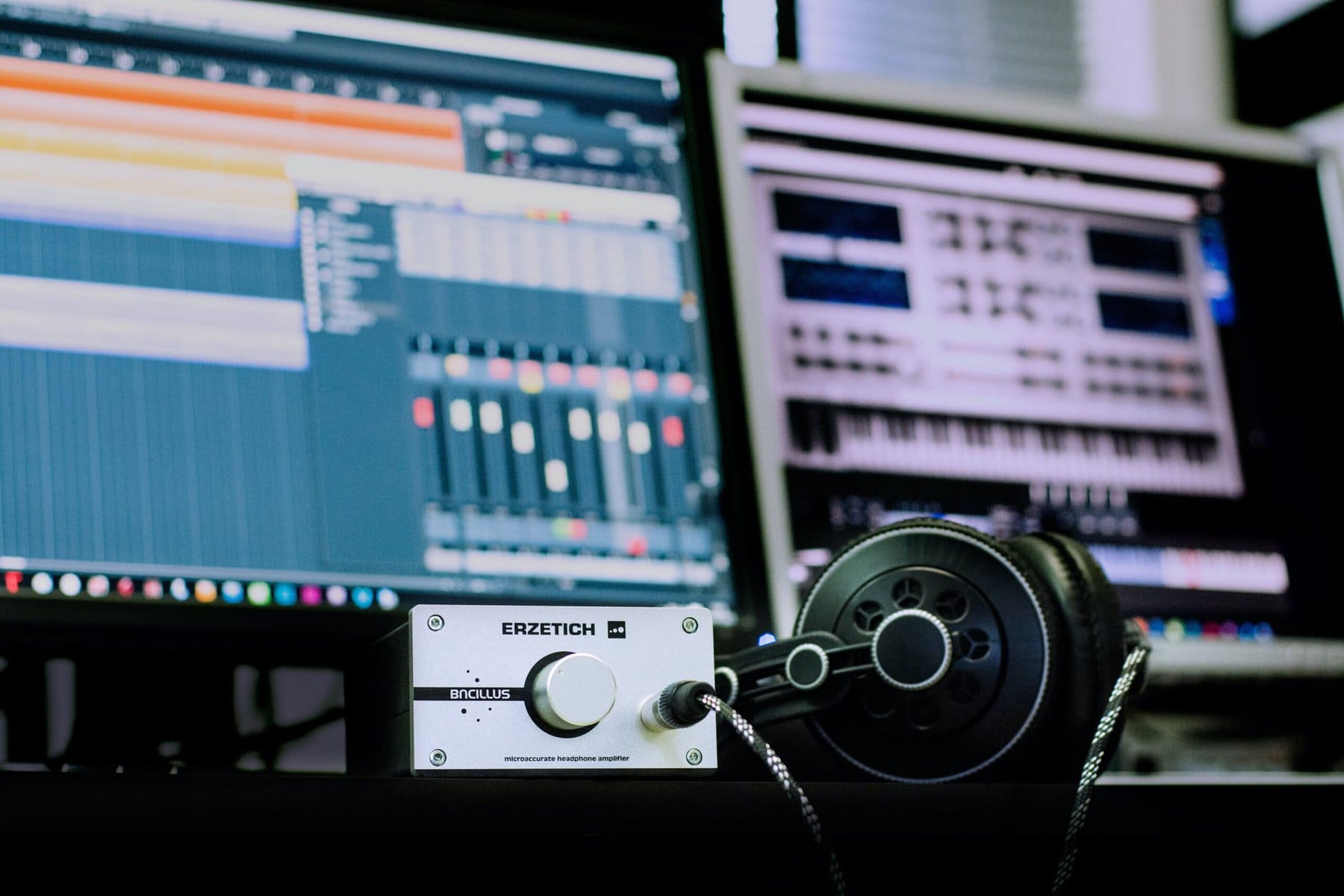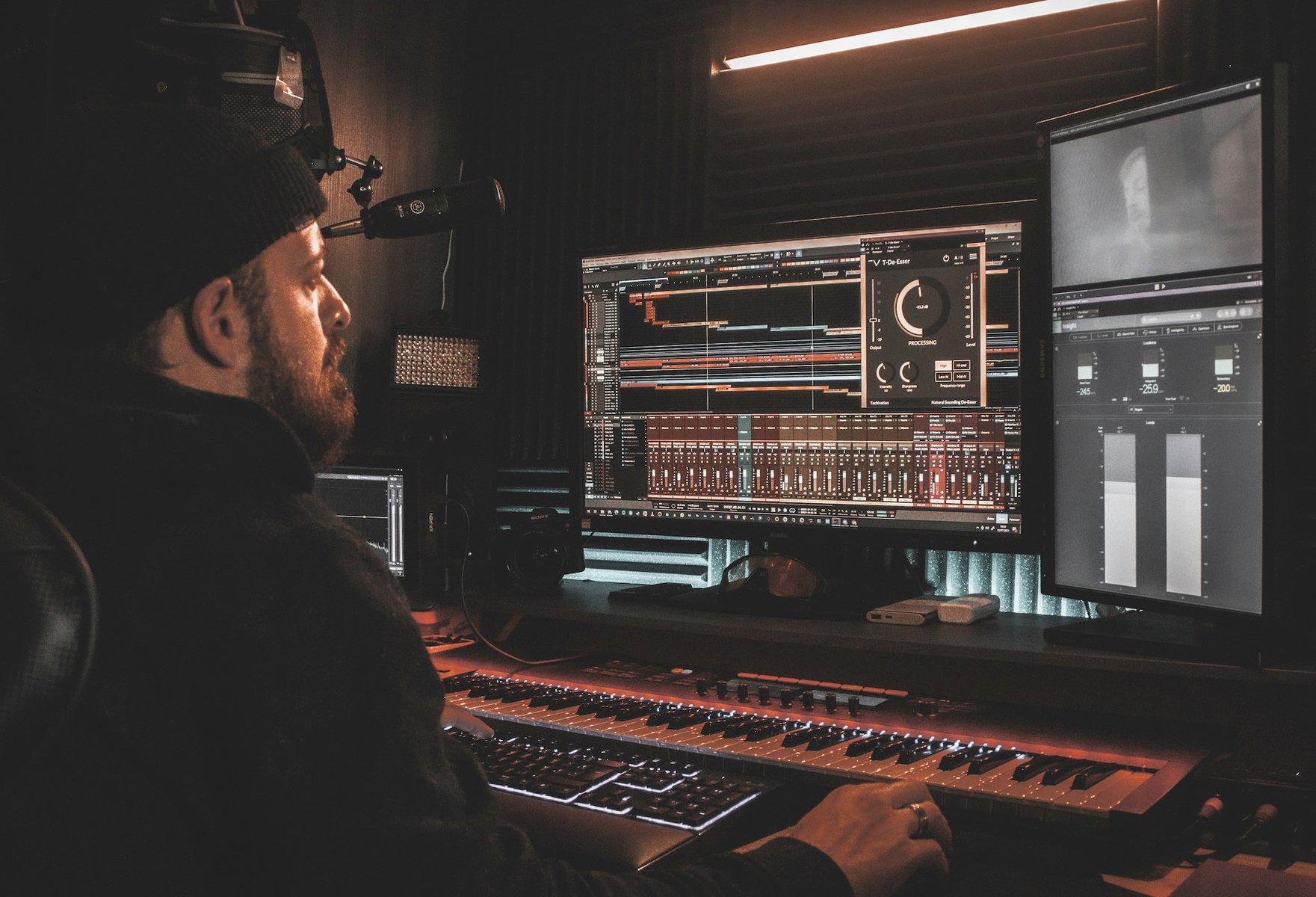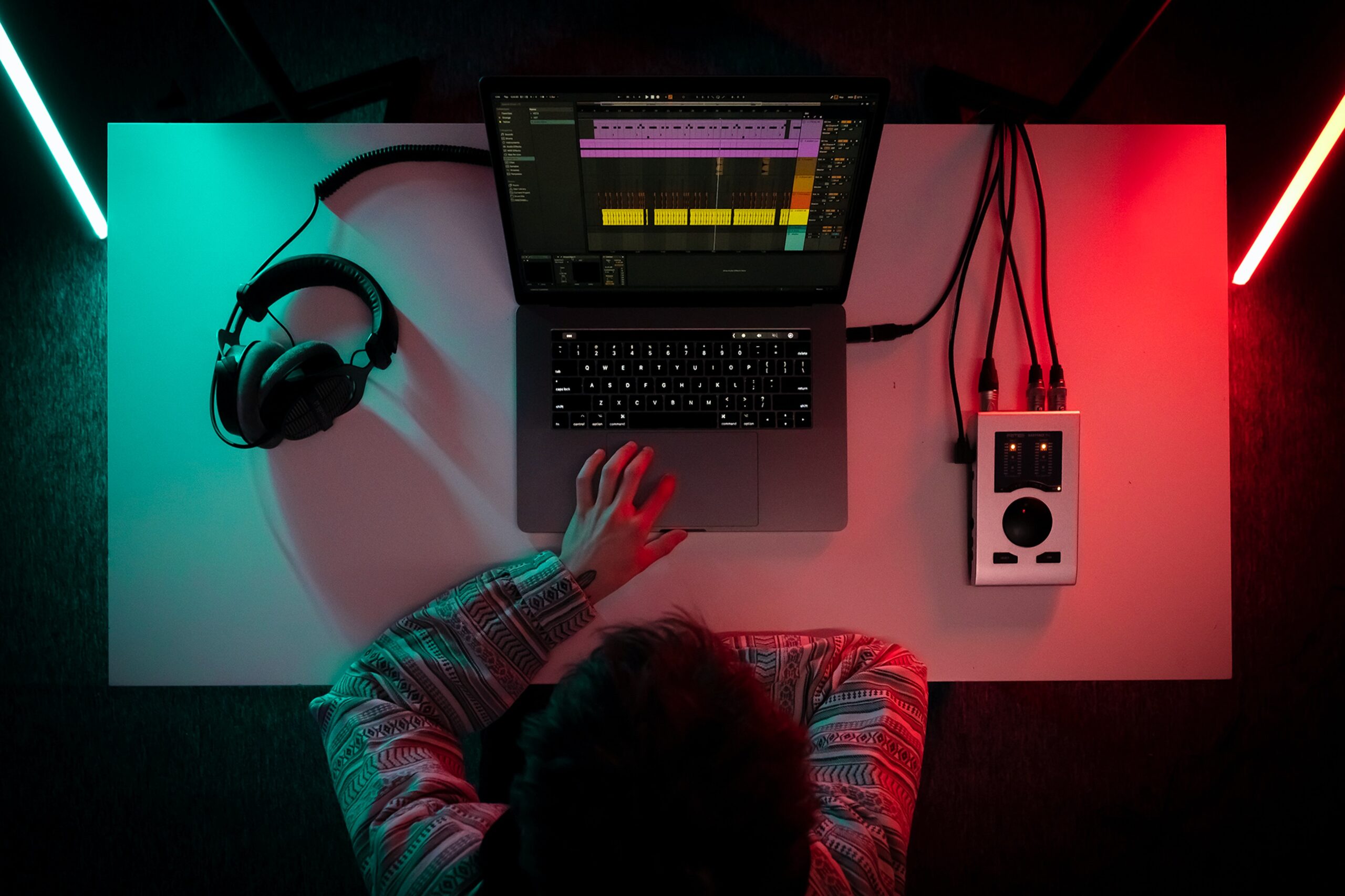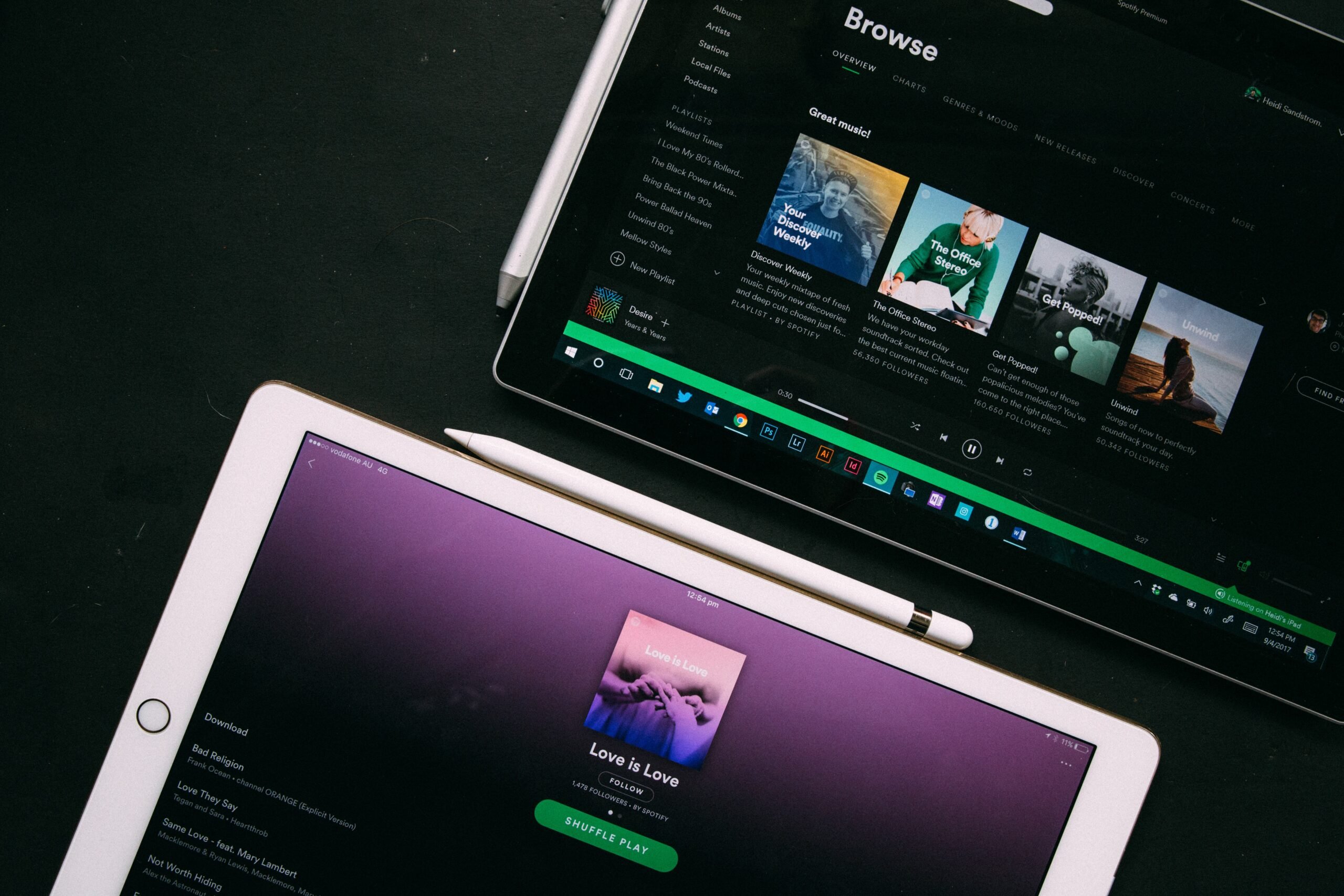With thousands of amp sims on the market it’s hard to figure out which one’s right for you.
So to help you find the perfect fit, We’ve put together this list: The 15 Best Amp Sims of 2023!
I’m guessing you’re here because you want to make your mixes sound professional. Well, you don’t need expensive gear or software to do that – you just need the right knowledge. We put together a brief training that covers a totally new approach to music production. Until now, everyone has been teaching production totally backward. Just click below to watch. Get industry-quality every time (steal this framework)
But if you just want to learn all about Amp Sims specifically, keep reading.
Amps Vs. Amp Sims
An amp simulator (amp sim for short) is a plugin that imitates the sound of a guitar amp.
Run your guitar through one of these plugins and you’ll have hundreds of iconic guitar tones at your fingertips. As you can imagine, a good amp sim can save you tons of time and money.
Who likes saving time and money? Show of hands?

Before we look at today’s top amp sims, you should figure out if amp sims are right for you in the first place.
If you’re already familiar with them, I’m sure you’ve heard a hundred different opinions on amps vs. sims.
“They sound like crap. They’ll never sound real.”
vs…
“I need software because I can’t make noise at home and now guitar amp simulators sound as good as the real thing.”
There are plenty of different opinions out there, but what do the pros really think about amp sims?
To help you figure out what’s right for you, I set out to get REAL data about this ongoing battle. By interviewing 447 different musicians, I’ve honed in on what the pros have to say about amps vs. sims.
Check it out…
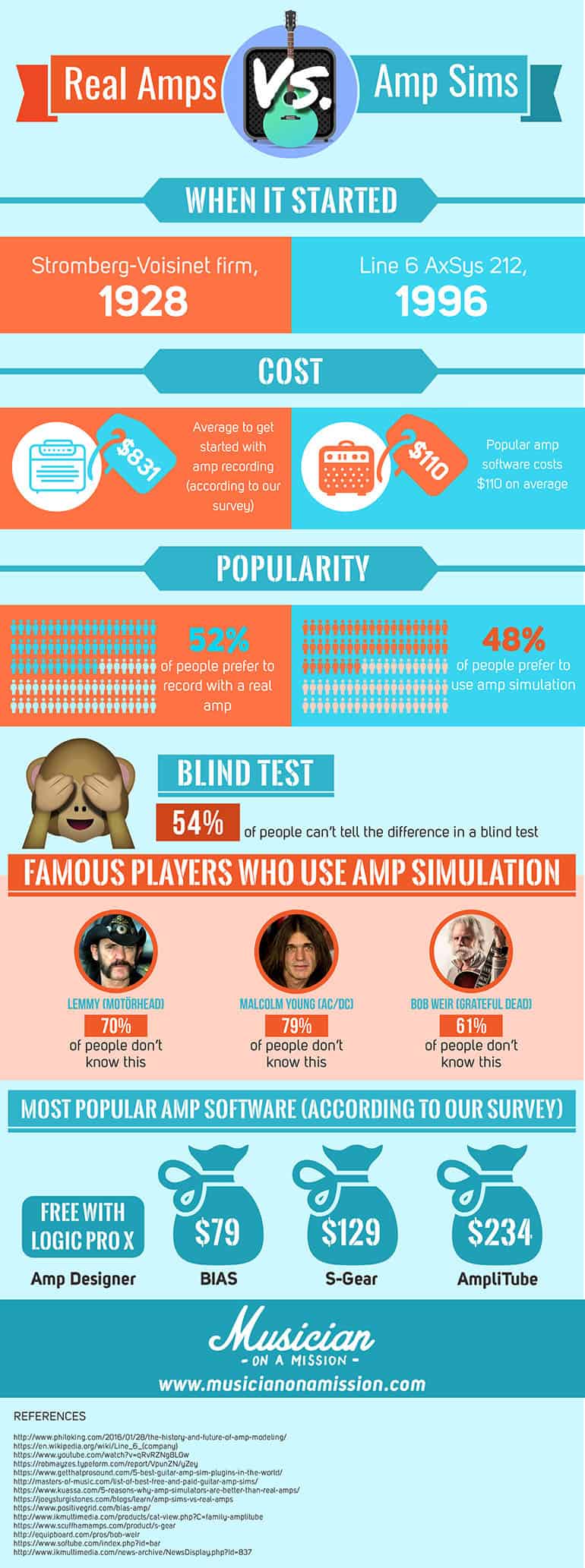

So… Who Wins?
The debate generally goes something like this…
“Could simulators ever sound like real amplifiers?”
But that completely misses the point.
There will never be a definitive answer as to which is ‘best’.
After all, they are just tools. They both have their uses, depending on the situation.
BUT…
Regardless of the answer to this question, there is one important truth…
Using software is the better choice in a home studio.
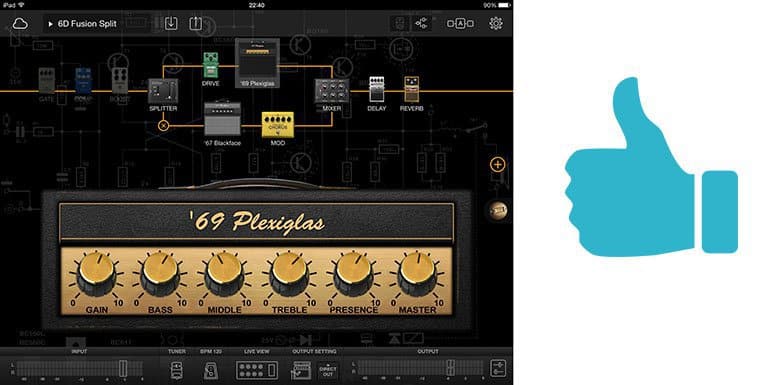
Why? Four reasons.
1) You don’t have to worry about room acoustics.
2) You don’t need a microphone.
3) You don’t have to worry about noise.
4) If time is a constraint, you have a wide range of tones available in a matter of SECONDS.
For me, that’s the biggie.
It takes a good guitarist years to build a versatile collection of amplifiers and find their tone.
Add to that the range of microphones you would need, and the time spent learning how to record guitar to a studio level…
And it becomes clear which is the more efficient option.
Of course, you don’t have to stick to just one approach.
You can have amplifier software, and real amplifiers. Each have their use.
However, if time and cost are important to you, I recommend getting started with amp sims as soon as possible.
Countless guitarists swear by simulation, like Tyler from Music is Win:
Are you ready to get started with simulators?
The Best Amp Sims of 2023
I can help you filter through the list to find the amp sim that works best for you.
Check it out:
What price range are you looking for?
Want to see the most popular amp sims in our survey?
Amp Designer (Free with Logic Pro X)
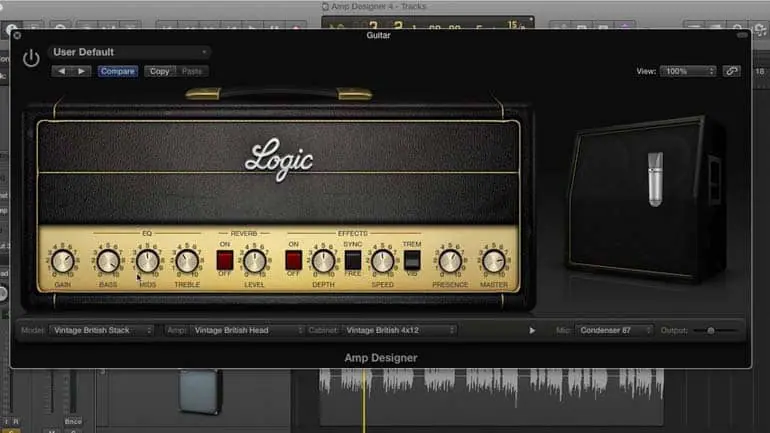 Learn more about Amp Designer and Logic Pro here: Apple Logic Pro X
Learn more about Amp Designer and Logic Pro here: Apple Logic Pro XBIAS Amp (Free Version) - We Recommend!
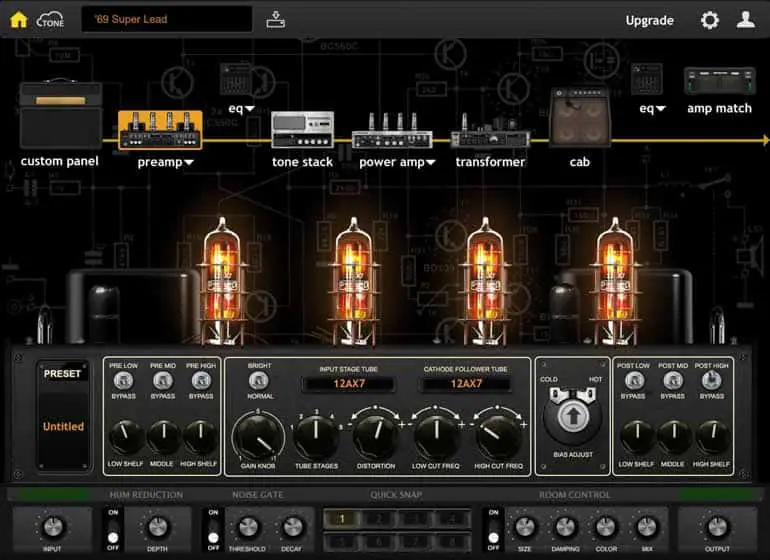
AmpliTube 4 (Free Version)
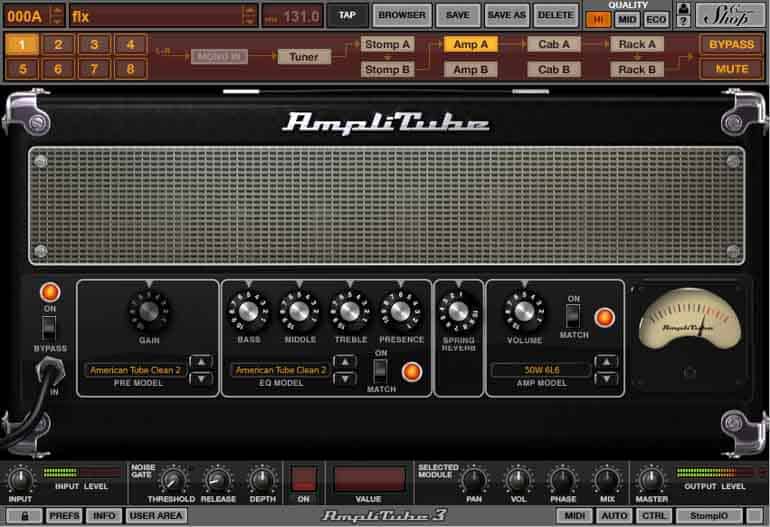
STL Ignite Emissary 2.0 (Free, Fully Featured)

LePou Plugins (Free, Fully Featured)
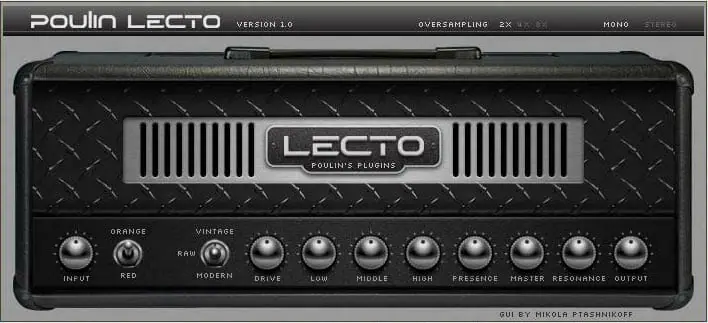
Kuassa Matchlock ($49)
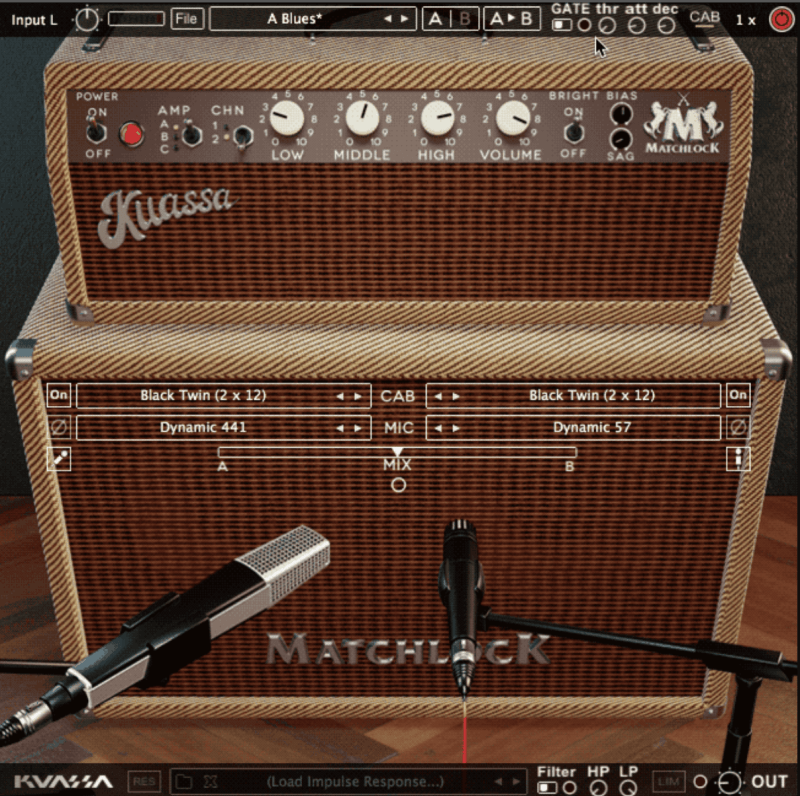
BIAS Amp 2 & FX 2 (Starts at $99) - We Recommend!
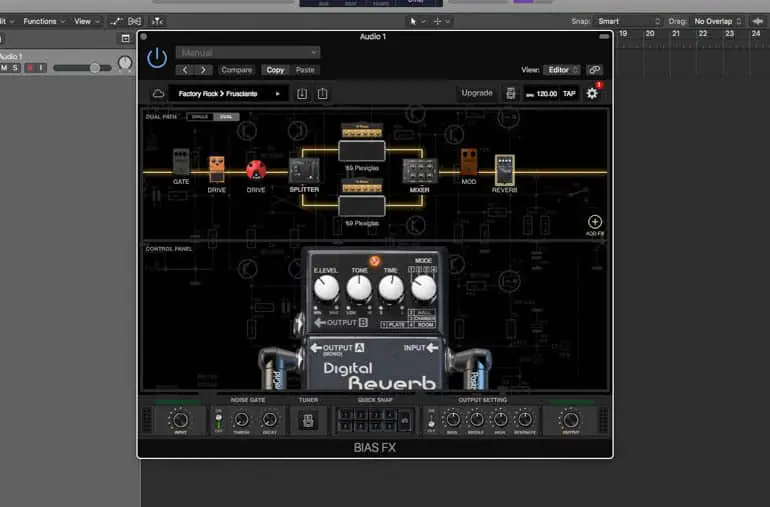
Blue Cat's Destructor ($99)
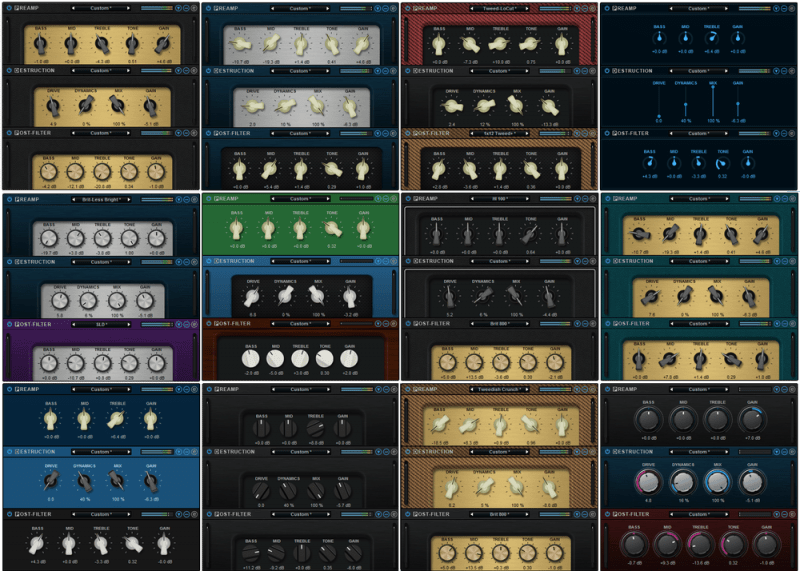 The amp and cab emulations that Blue Cat offers are super high quality. But the "tone map" is even more exciting.
The tone map allows you to easily mix and match the sounds of different amps. Can't decide between a twangy clean amp or a crunchy distortion? You can have both.
Simply move the tone map's cursor in-between sounds you like and it will combine them.
The amp and cab emulations that Blue Cat offers are super high quality. But the "tone map" is even more exciting.
The tone map allows you to easily mix and match the sounds of different amps. Can't decide between a twangy clean amp or a crunchy distortion? You can have both.
Simply move the tone map's cursor in-between sounds you like and it will combine them.
Softube Vintage Amp Room Bundle ($119)

Scuffham S-Gear ($129)
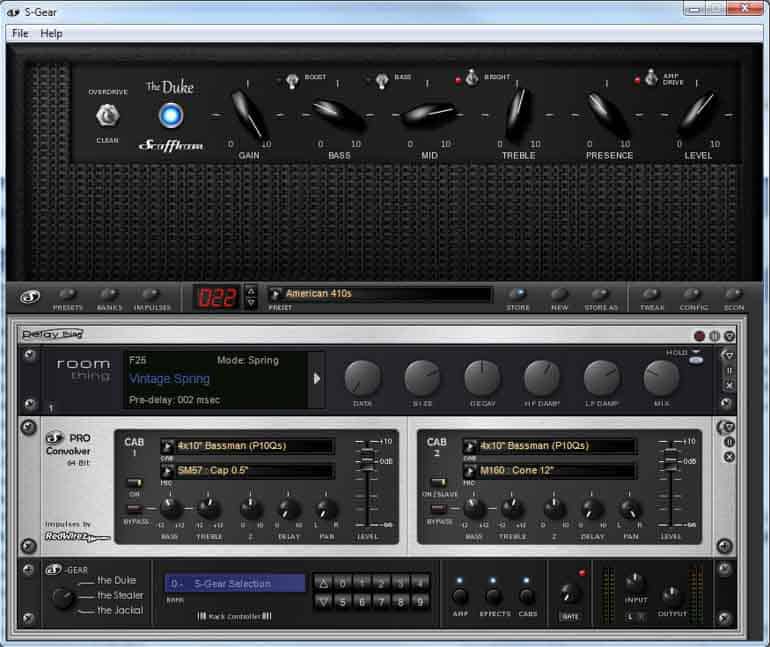
Waves PRS SuperModels ($129)
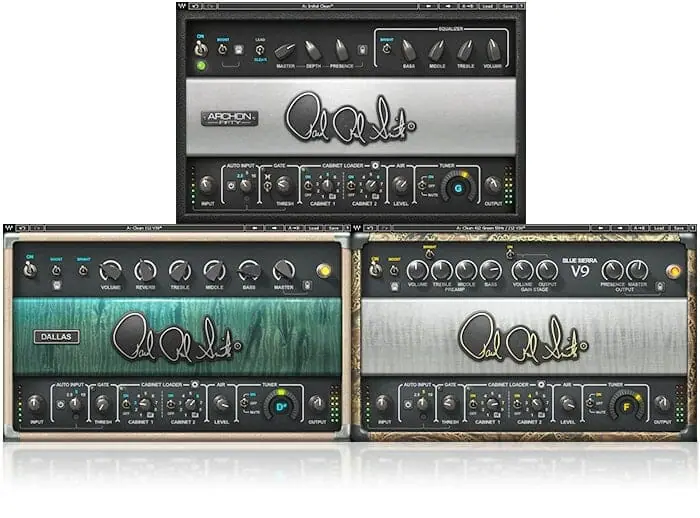
AmpliTube 4 ($149.99) - We Recommend!
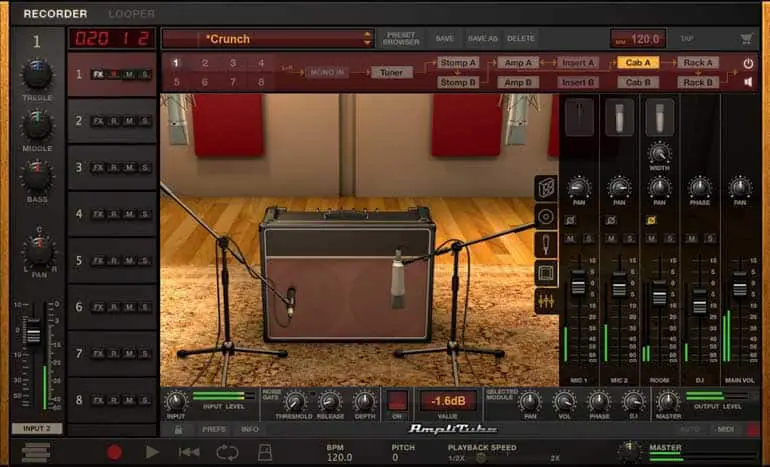
Native Instruments Guitar Rig Pro 6 ($199)

Overloud THU Full ($300)
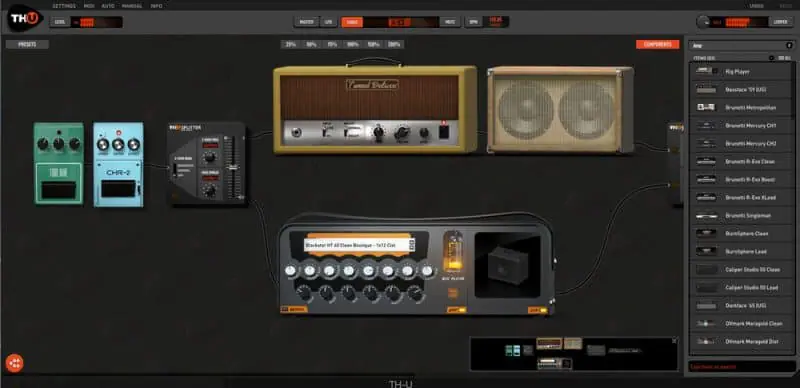
Line 6 Helix Native ($399)
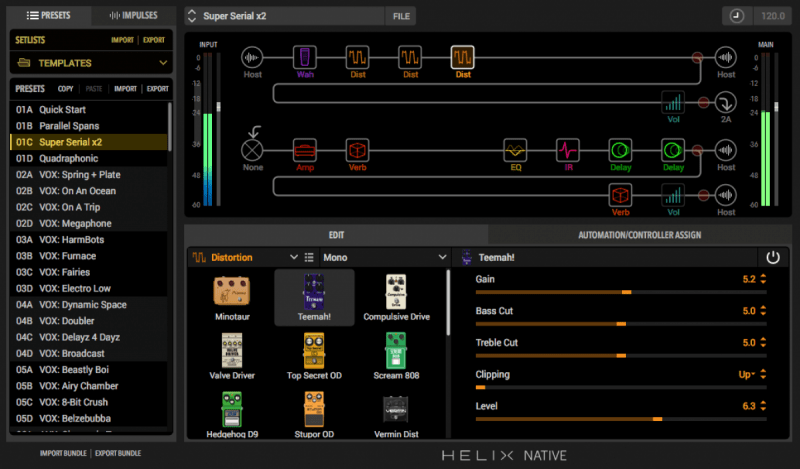
Bonus Tip: Impulse Responses
Want more options for great tone? Impulse responses are another way to turn your recordings up a notch.
Impulse responses record the sound of a cabinet’s speaker. Some people use them instead of amp sims, others combine the two to get huge, full sounds.
There are plenty of high quality impulse responses out there and many of them are cheap or free.
You’ll also need a plugin that can load the responses. Pulse is a great option and it’s free.
If you want to dig deeper into music production and learn what it actually takes to make mixes that sound pro… And you’re an intermediate or advanced producer… Be sure to check out the free masterclass: Enjoy!Next Steps


